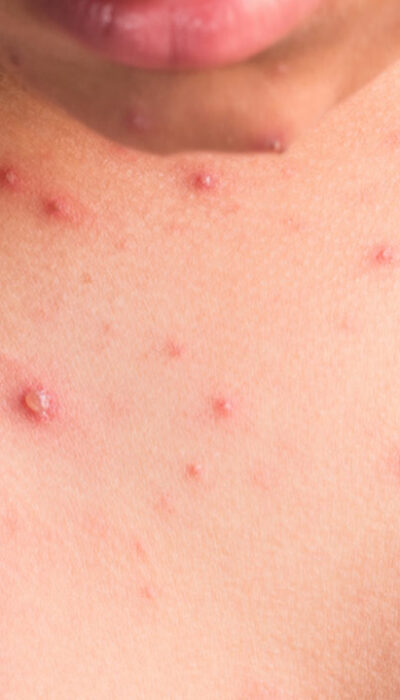
Rashes from Tick Bites – Diagnosis, Consequences and Remedies
Ticks are found in the outdoors, living in grass, leaf piles and shrubs. They have a strong affinity for humans and their pets and easily migrate from one to the other. While these bugs may seem tiny and harmless, in reality, they literally suck your blood for sustenance. Ticks attach themselves to the victim and bite, drawing blood till their appetite is sated, growing in size, sometimes as big as a marble. Tick bites are mostly harmless, but some tick bites can cause allergic reactions and even more serious diseases, both in humans and their pets. A rash from tick bites is a major symptom of a more serious reaction. While a rash from tick bites can cause irritation, itching and a burning sensation on the affected skin, it’s often an indicator of a more serious, harmful disease’s onset. Below, we’ve mentioned some of the other consequences and diseases that a tick bite can leave you with. If you experience a rash from tick bites, keep an eye out for these diseases. Rocky Mountain Spotted Fever (RMSF) RMSF is the most serious of all tick-borne diseases. It’s more common in the south-eastern parts of the United States. It is not contagious, but it can pass through ticks bites, from humans to their pets, and vice-versa. The symptoms appear between 2 to 14 days after the bite, and include: High fever persisting for 2 to 3 weeks Chills Fatigue Abdominal pain Nausea Muscle aches A headache The characteristic feature of Rocky Mountain spotted fever is the rash from the tick bite. The rash comprises of small red spots on the palms, ankles, wrists, and soles. The rash starts 2 to 5 days after the bite and spreads across the torso. This is usually coupled with a high fever. After a week of the infection, a second rash can develop from the tick bite.










